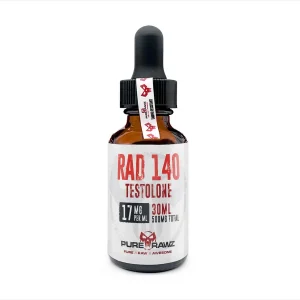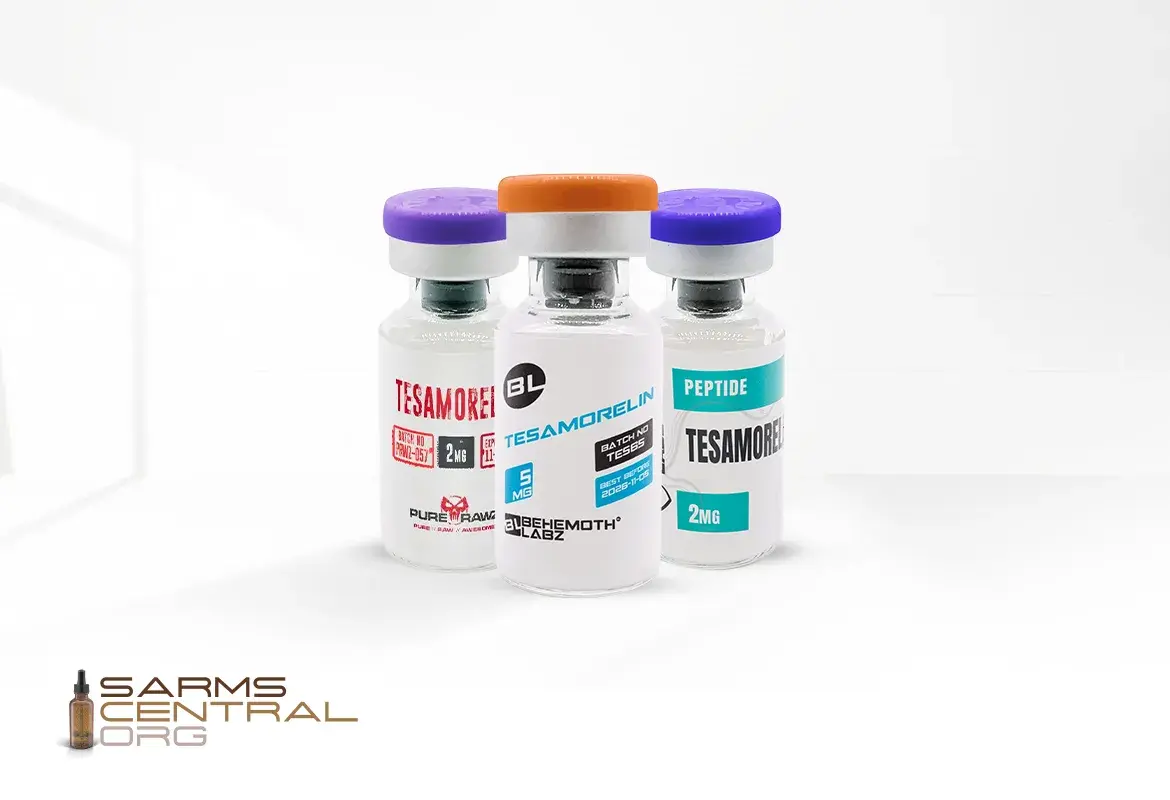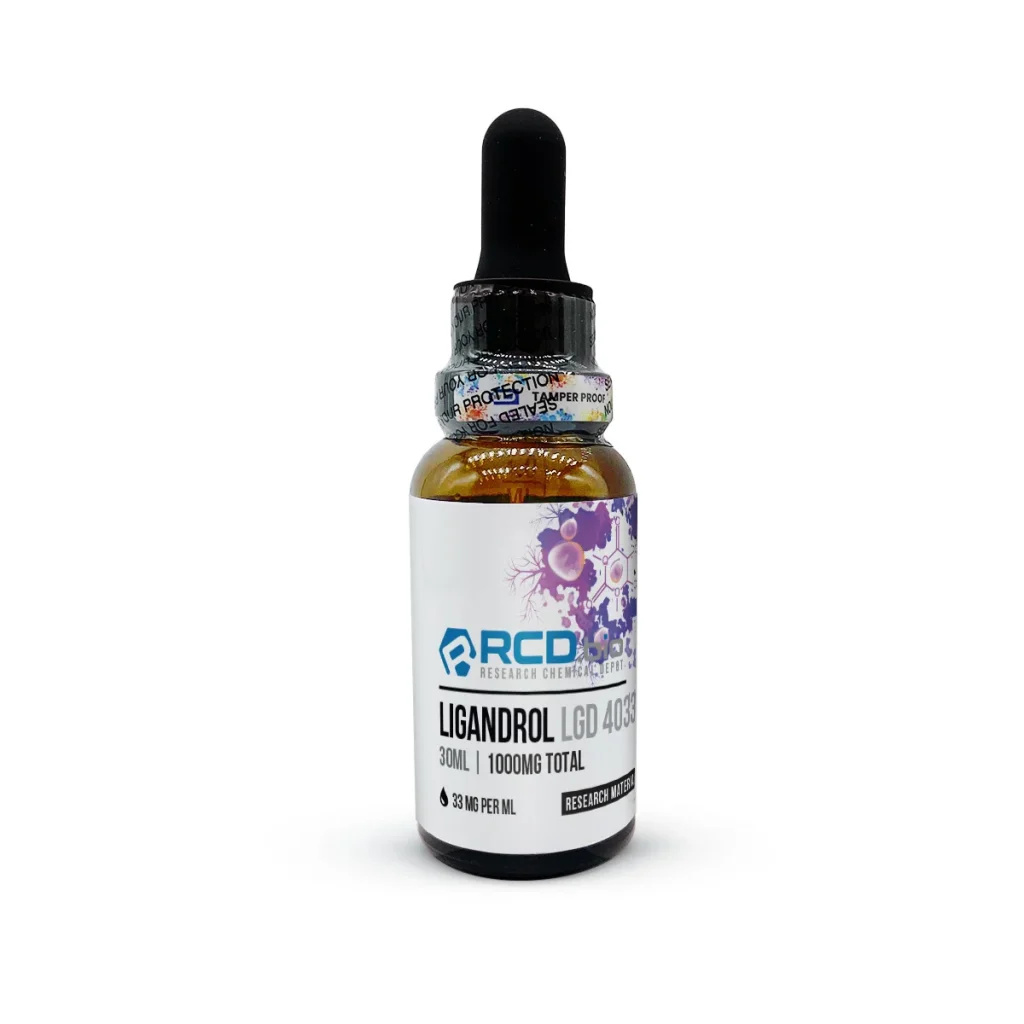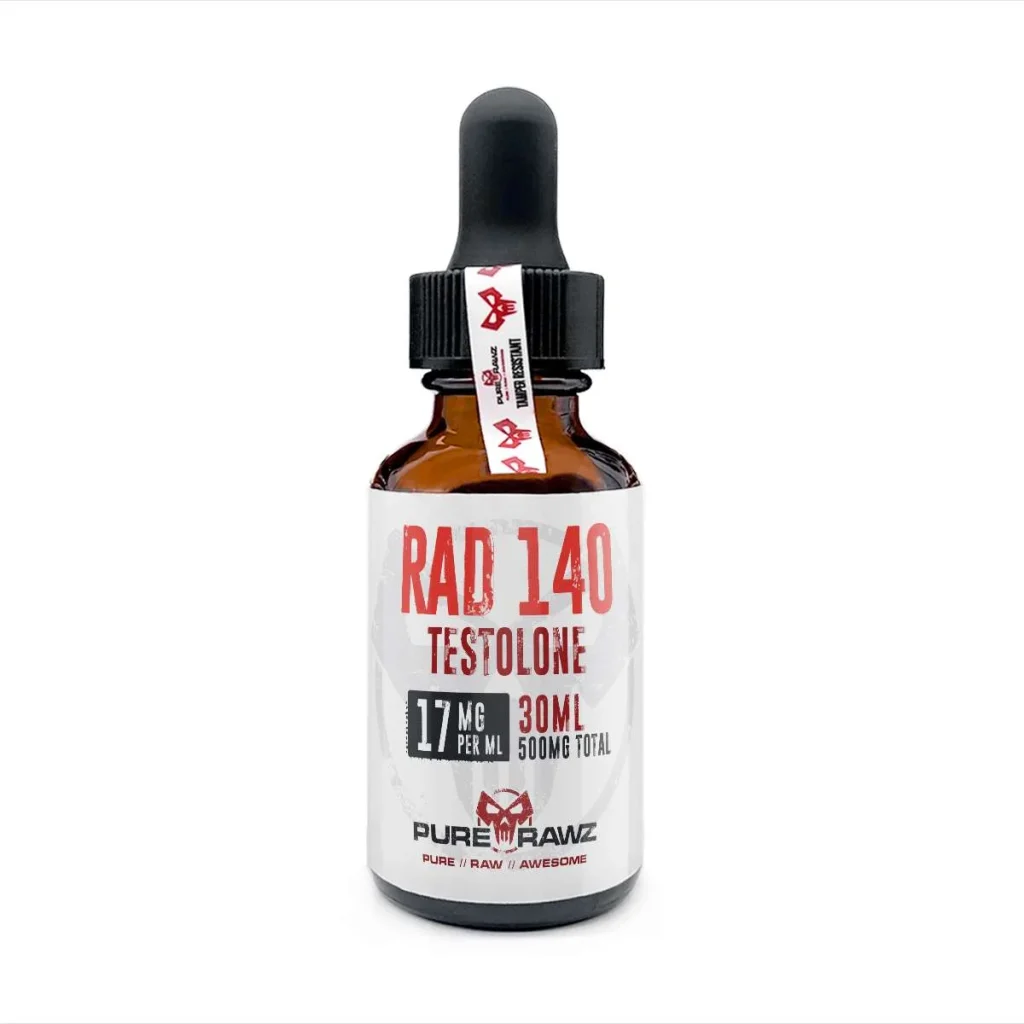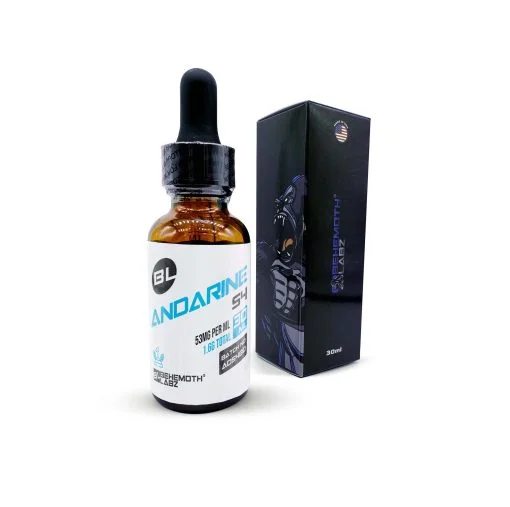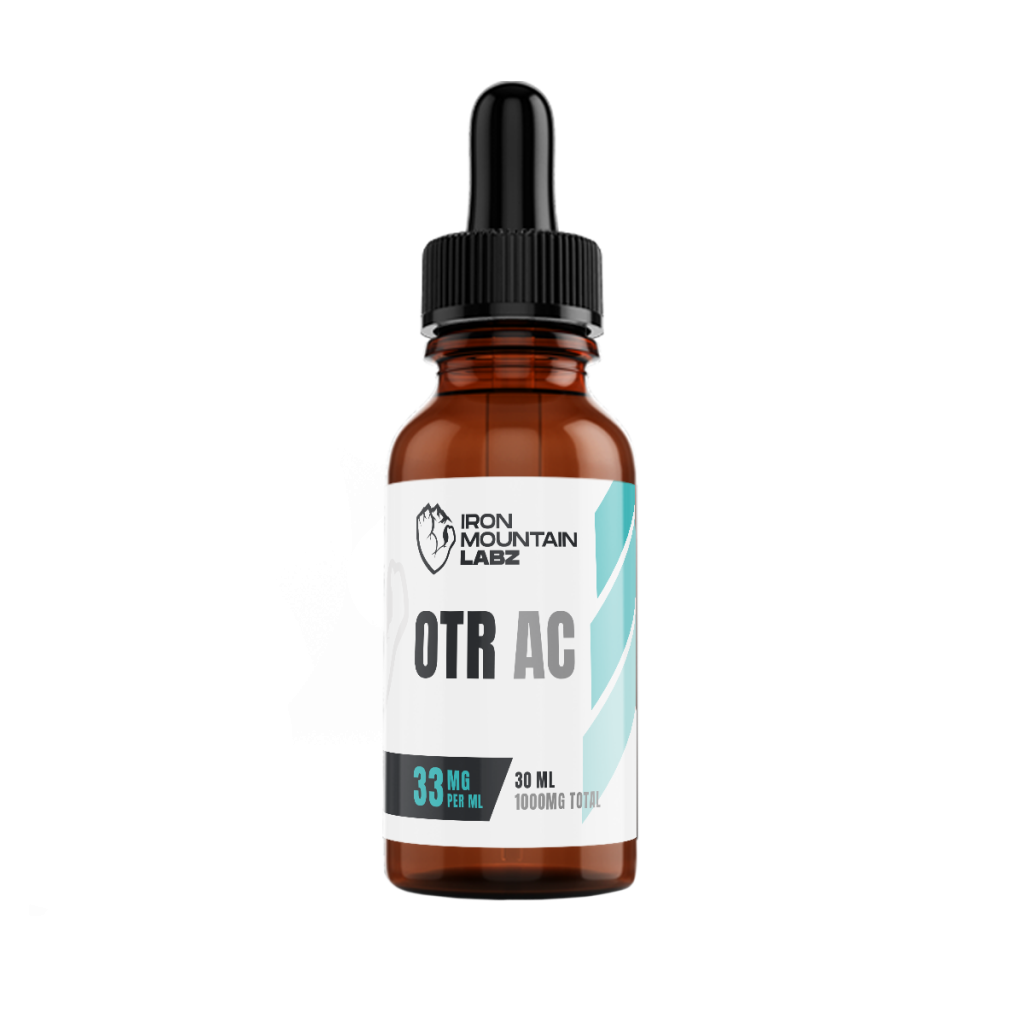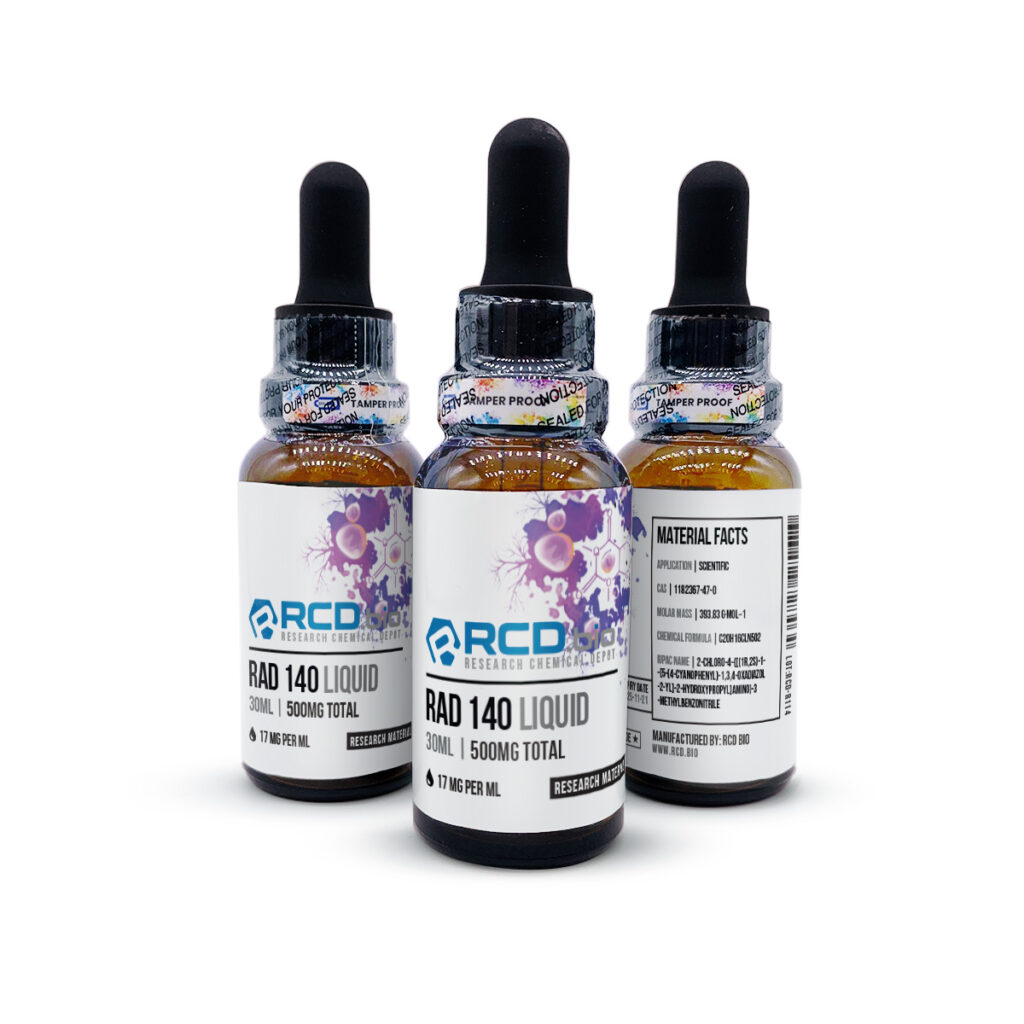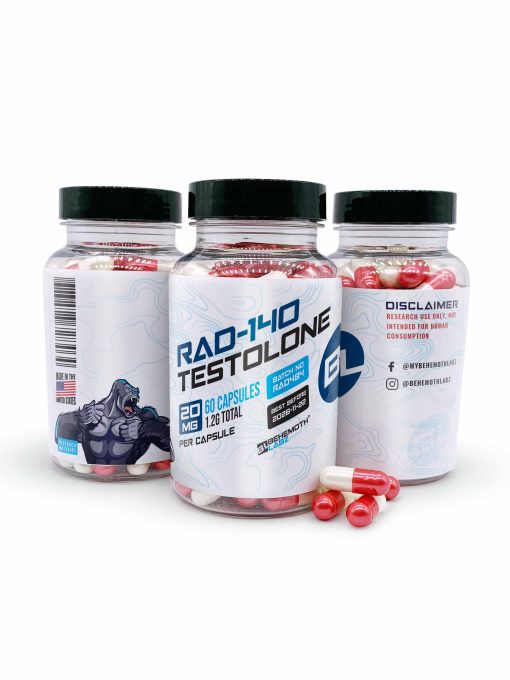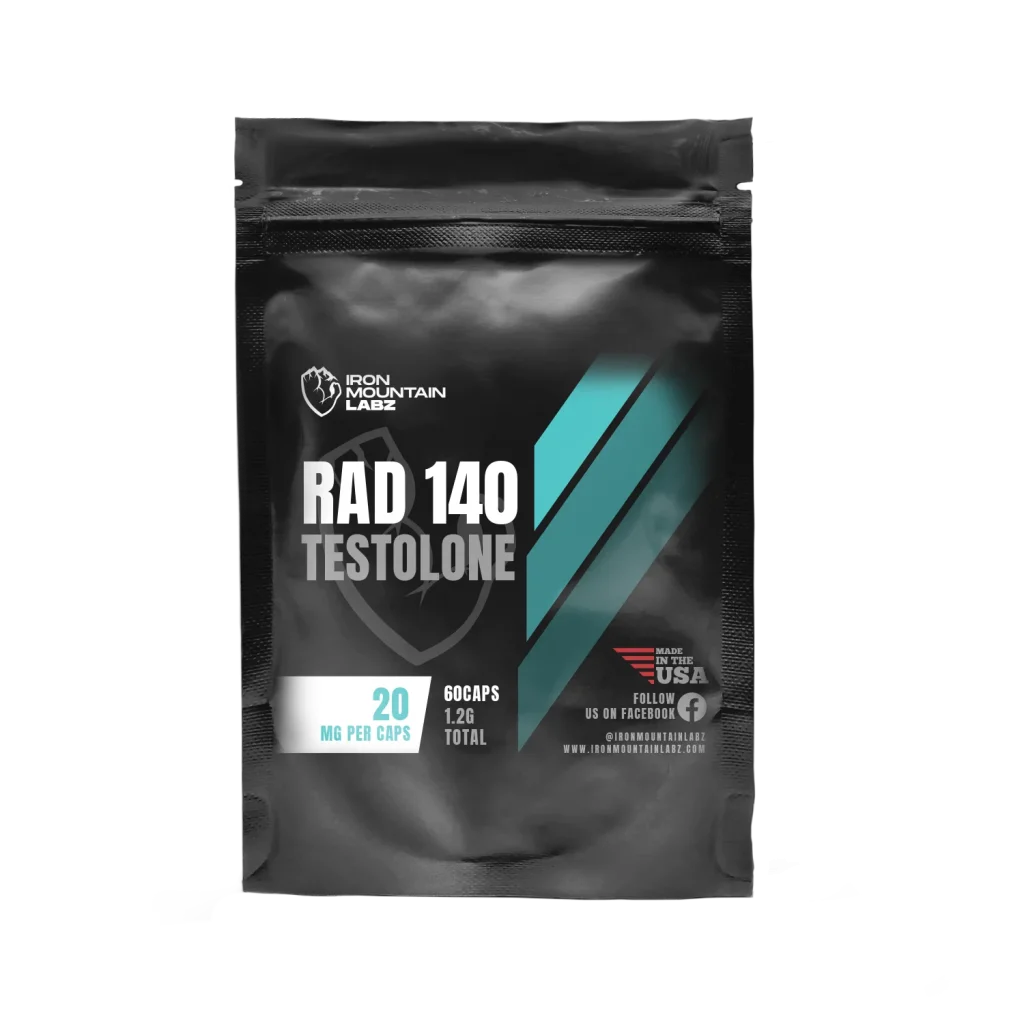Have you ever left your SARM on the shelf for weeks without checking the label or following proper care? If your muscle gains seem weaker later on, improper storage might be the culprit.
There’s no need for browsing forums or new posts about specific storage requirements because this blog gives you all the information you need. This covers the specific storage instructions to prevent degradation of your SARMs, whether it’s in liquid form, capsules or even powders. [R]
Why Proper Storage of SARMs Matters
Like any supplements or chemical compounds, SARMs (Selective Androgen Receptor Modulators) can break down if not stored properly. This degradation affects their bioavailability, affects correct dosage and may increase health risks. What many users don’t realize is how much storage practices may impact SARMs effectiveness over time.
Factors like “light, heat, moisture and poor packaging” can increase the risk of contamination. These lower the potency and safety of the substances inside your SARM. So you must follow proper guidelines to gain benefits efficiently. [R]
Liquid SARMs vs Pills: Does Storage Differ?
Different forms of SARMs require specific storage conditions. This table breaks down the key factors to keep your SARMs effective. [R]
| Factors | Liquid SARMs | Pills |
| Form | Liquid SARMs are usually suspended in a solvent and stored in a bottle. | Capsules typically contain SARMs in powder form, either encapsulated directly or as raw powder inside gelatin or vegetable capsules |
| Storage | They should be kept in airtight containers in a dry place to reduce spoilage. | They must be stored in sealed capsules or jars in a dry place to prevent clumping or contamination. |
| Recommended temperature | Store at room temperature (around 20-25°C), or in your fridge if suggested on the label. | These are best stored at room temperature (about 20-25°C) away from any humidity. |
| Moisture sensitivity | Exposure to moisture can break down your solvent and reduce potency. | Capsules can still absorb moisture through poor seals, which may cause clumping and reduced potency over time. |
| Risk of contamination | There’s a higher chance of contamination because of evaporation or improper sealing. | Moderate risk, especially if the container is usually opened or not properly sealed. |
Ideal Conditions to Store SARMs
If you want to maintain the potency of your SARM and prevent degradation, it’s best to follow these general guidelines: [R]
- ➢ Store in airtight containers to reduce exposure to air and contamination.
- ➢ Keep it in a dry place and away from moisture to prevent clumping or spoilage.
- ➢ Avoid direct sunlight by storing SARMs in dark shelves.
- ➢ Always maintain a consistent temperature, ideally at a consistent room temp of 65-75°F / 18-24°C.
- ➢ For some liquid SARMs, refrigeration may help extend shelf life, but make sure that it’s instructed by the manufacturer for some SARMs tend to crystallize at low temperature.
Understanding Shelf Life & Expiry Dates
All SARMs come with an expiration date. It usually lasts for 1 to 2 years from the date of manufacture. However, its shelf life only holds on if you follow proper storage practices. That’s why poor handling can lead to faster degradation of your SARM, even before the declared expiration date. [R]
Make sure to keep track of these factors:
- ➢ Date of purchase, so you know how long you’ve had your SARM.
- ➢ Date opened, as exposure to air may reduce shelf life.
- ➢ Any visual or odor changes, which can signal spoilage or breakdown.
How to Know if Your SARMs Have Gone Bad
Degraded SARMs can lose potency and lead to incorrect dosing. So instead of benefits, degraded SARMs may pose risks. You better watch out for these common signs of spoilage: [R]
- ➢ Discoloration or separation: This is common in liquid form SARMs. It may indicate chemical breakdown or contamination, especially if the solution becomes cloudy or changes color.
- ➢ Strong or foul odor: A sharp, sour, or unpleasant smell can signal spoilage or bacterial growth.
- ➢ Crystallization or clumping in powders: This often results from exposure to moisture or poor storage conditions. That’s why it may affect both potency and dosing accuracy.
- ➢ Irritation upon use: If you experience new redness, itching, or burning, your product may have degraded or been contaminated.
- ➢ Inconsistent texture or layering: In liquid SARMs, separation into layers or floating particles may point to solvent breakdown or improper mixing.
The degradation of your SARM can reduce its potency. So using it despite improper storage may reduce muscle growth benefits, lead to incorrect dosing, and increase the risk of side effects.
Find The Best Prices For Sarms
Conclusion
Store your SARM compounds properly, whether in capsules or powders to preserve their potency and longevity. Don’t just trust what you find in search forums or the word-of-mouth from any members. Instead, ask a reliable SARMs supplier and use a web app to track their shelf life.
Since SARMs are not approved for human consumption, handling them the right way helps you avoid mild to severe health risks.
Frequently Asked Questions
How long do liquid SARMs last once opened?
Liquid SARMs typically last 6 to 12 months if stored in a dry place, away from heat and light. It must also be in an airtight container. Always check the expiration date and keep track of when you first opened your liquid SARMs.
Can I refrigerate SARMs to extend their shelf life?
Yes. Refrigeration may help, especially for liquid form SARMs. But always follow the specific storage instructions from the manufacturer that can be found on the label.
Do ostarine and cardarine require different storage methods?
Store both at room temperature in a dry place. Since Cardarine is light-sensitive, keep it in a dark cabinet or use amber glass bottles.
Can storage affect the dosage accuracy of my SARM?
Yes. Poor storage leads to degradation, which lowers its bioavailability and causes incorrect dosing.
What side effects can be caused by improper storage?
Improper storage can lead to contamination, reduced potency, and health risks like hormonal imbalance or false results in urine tests.

